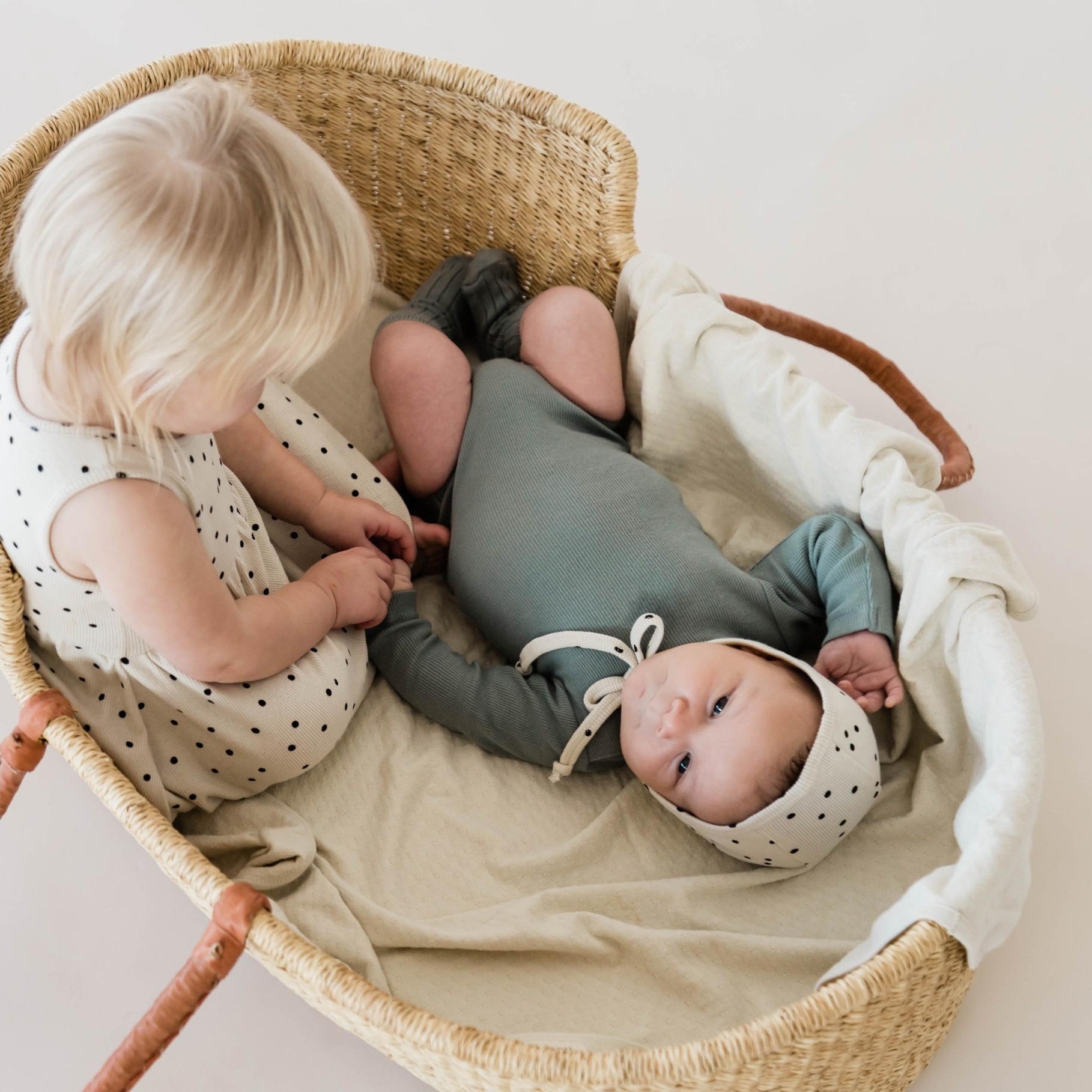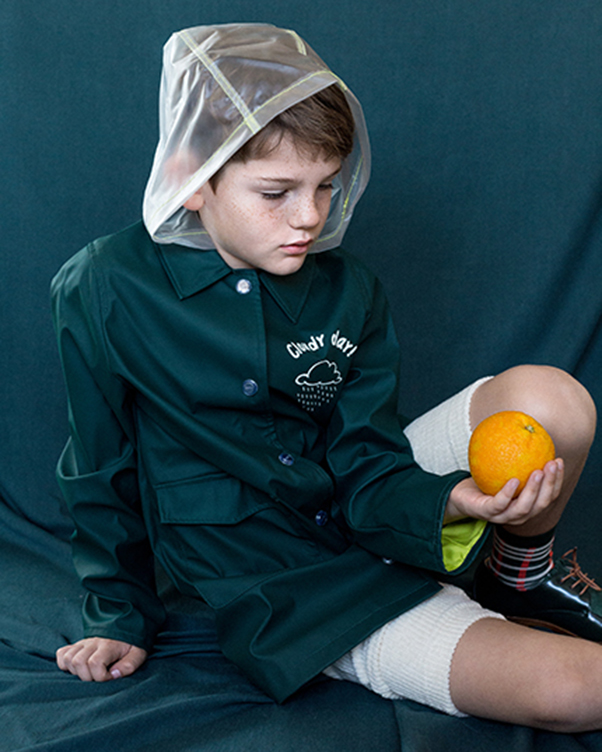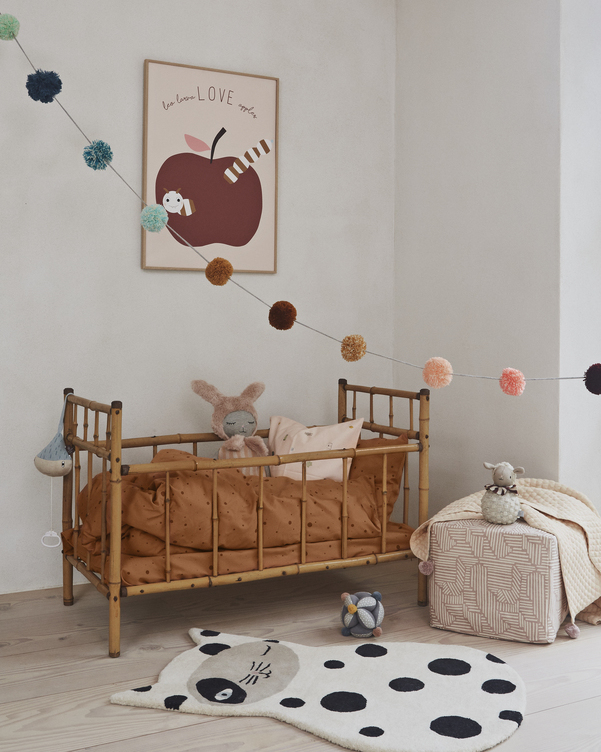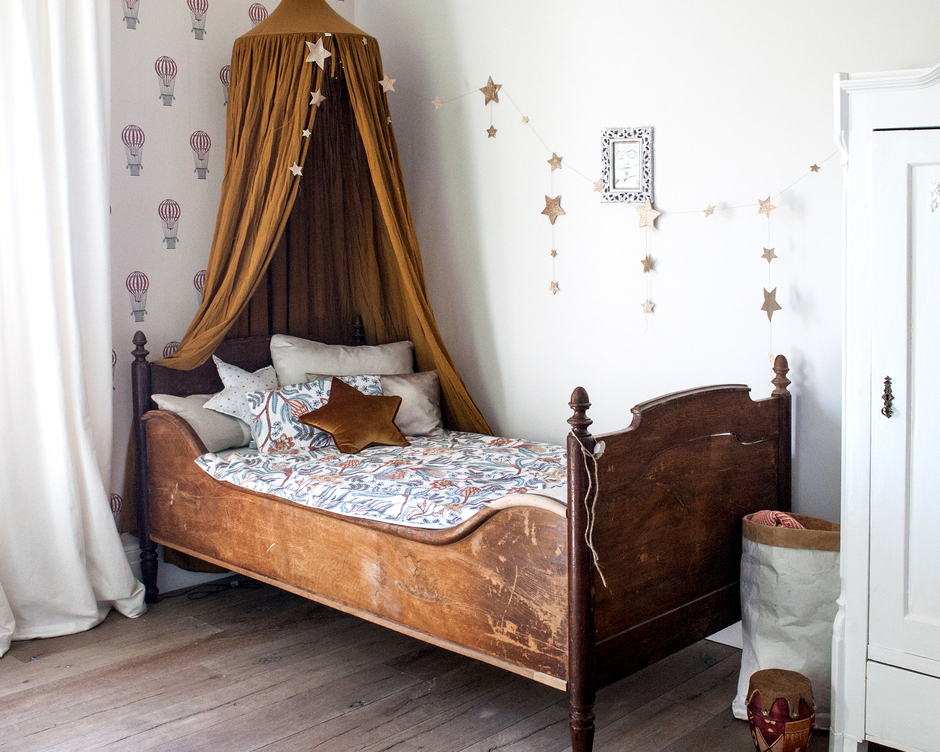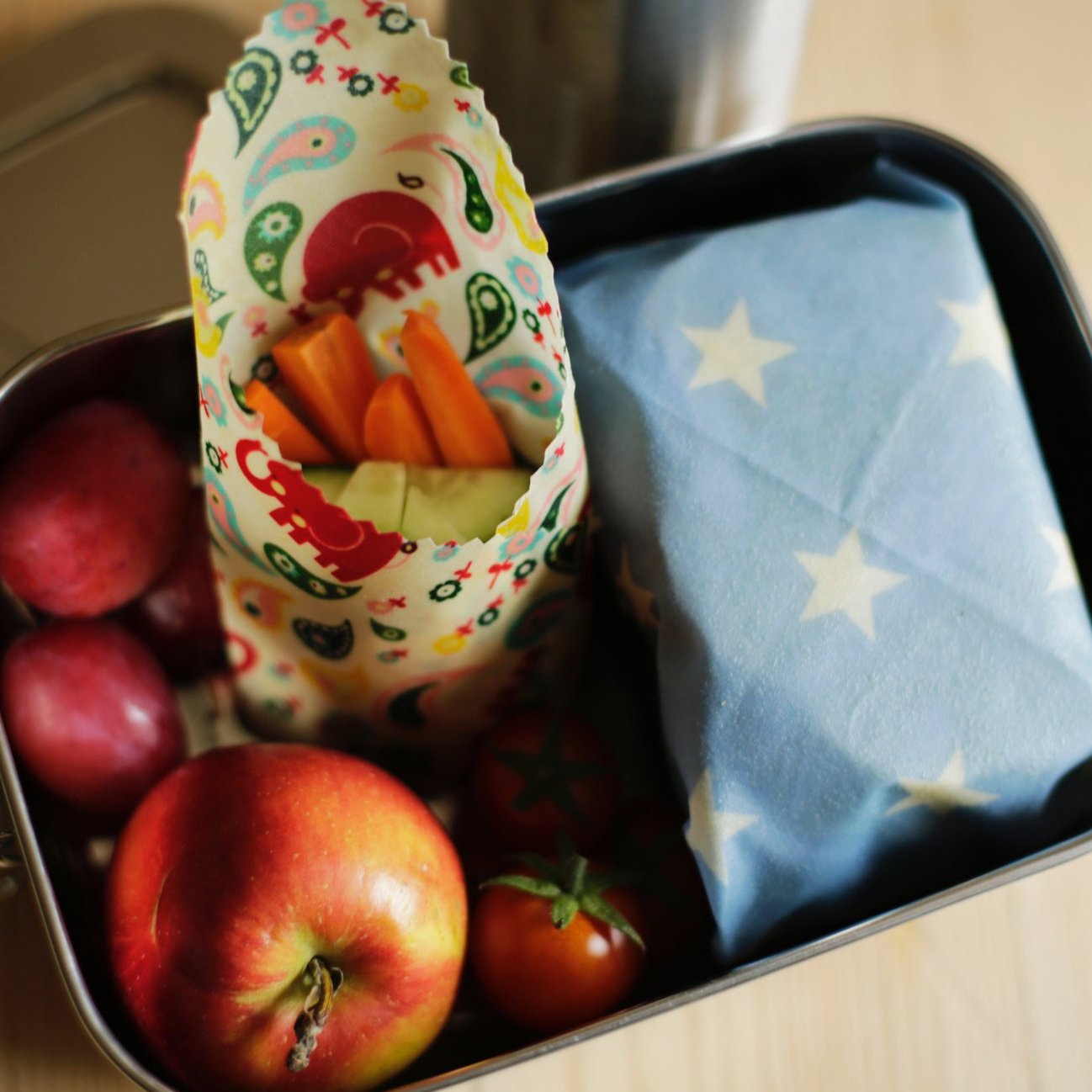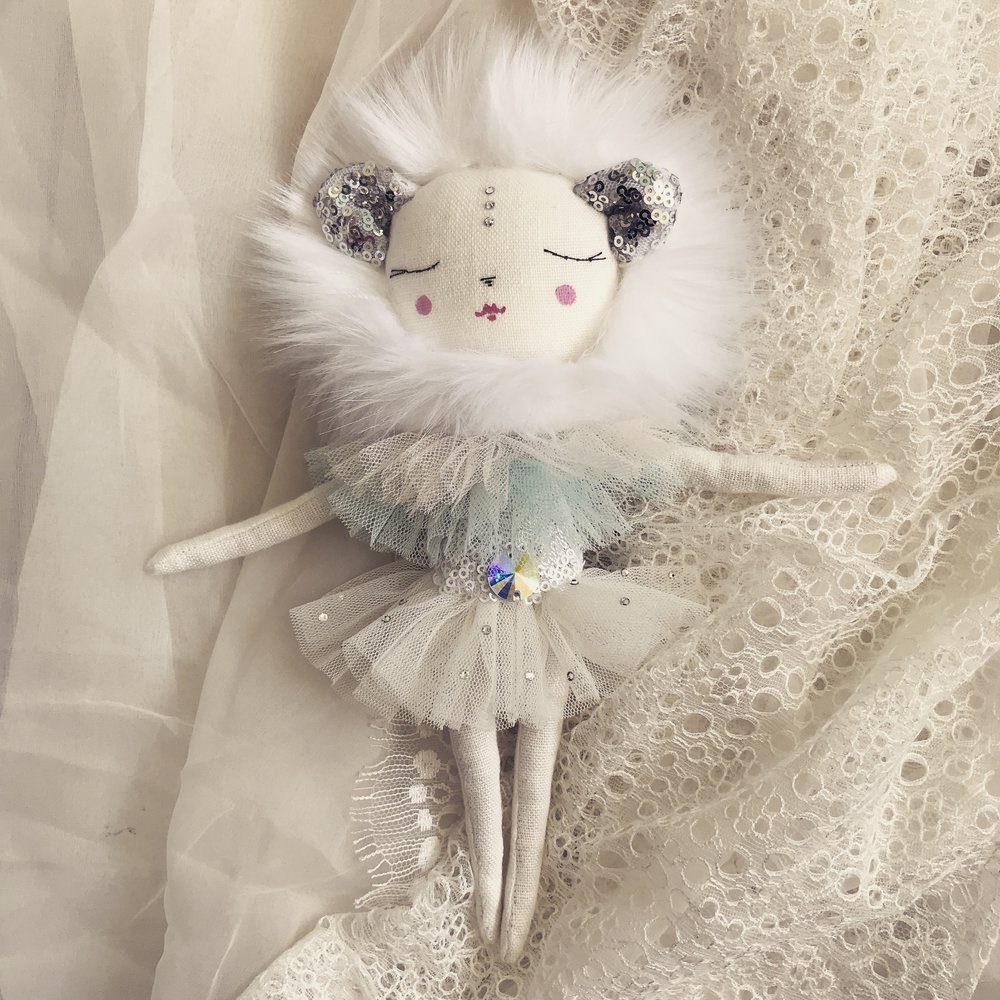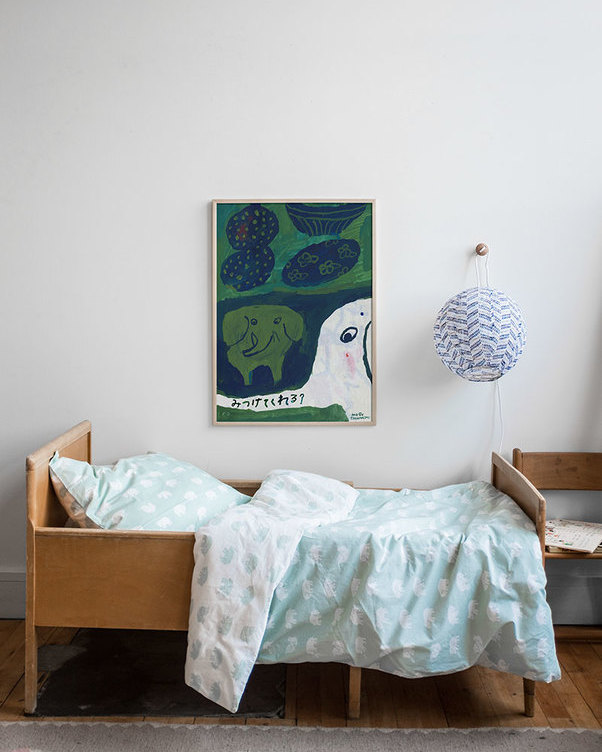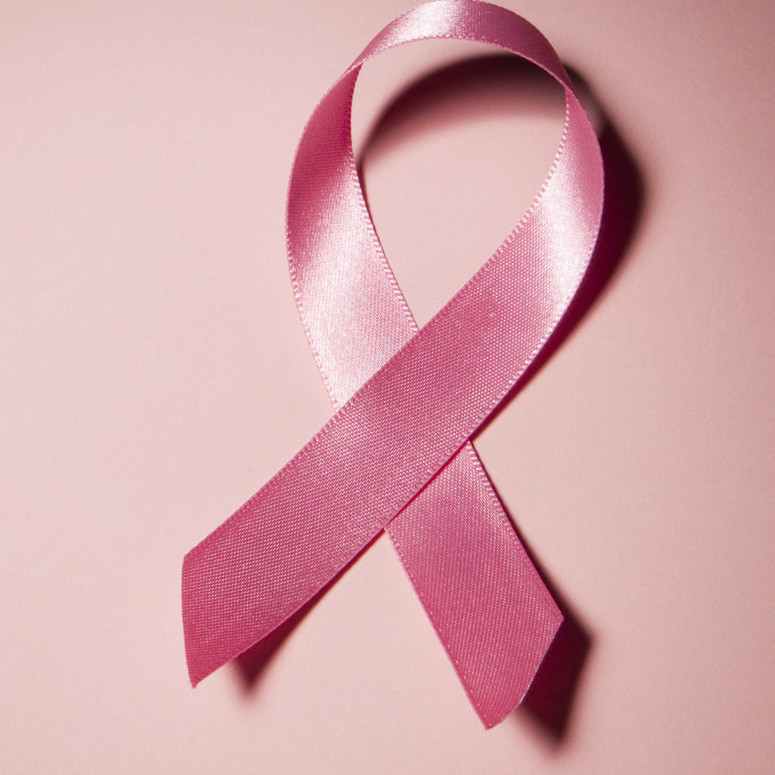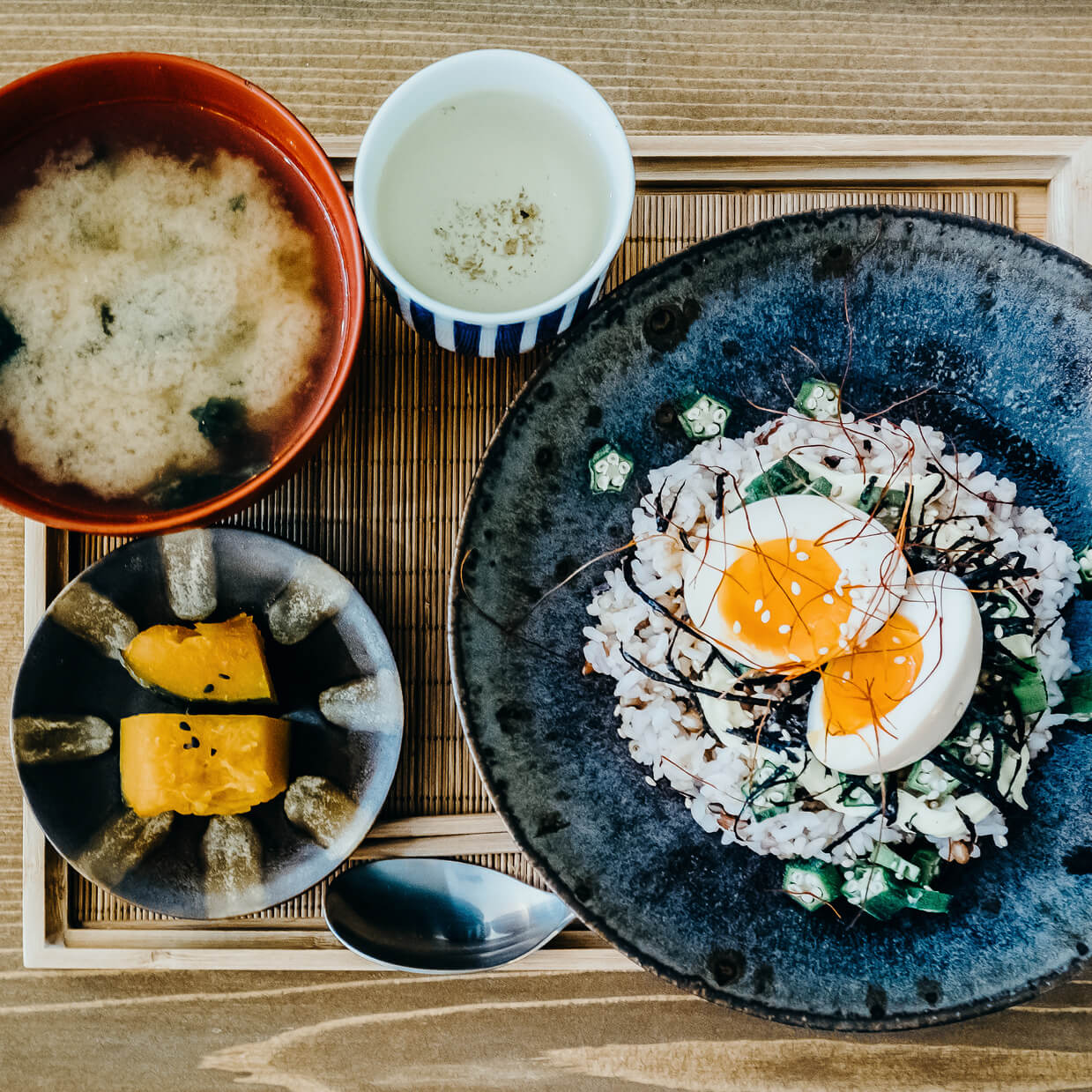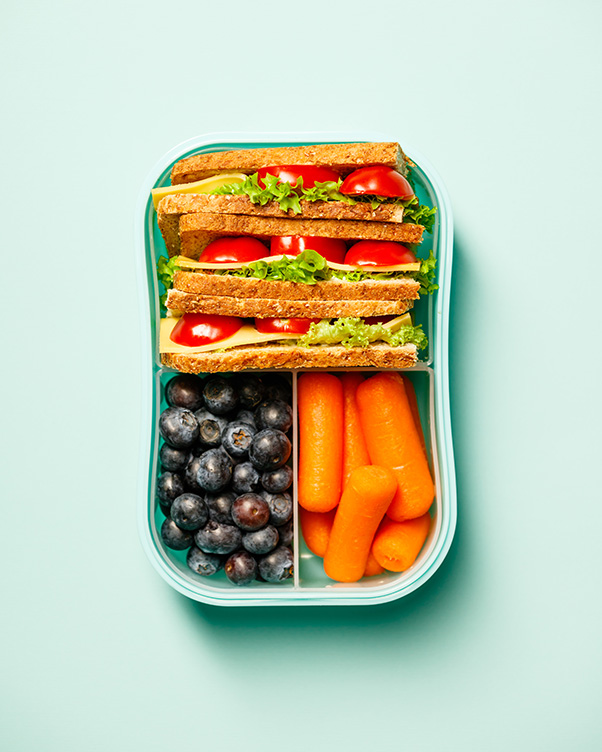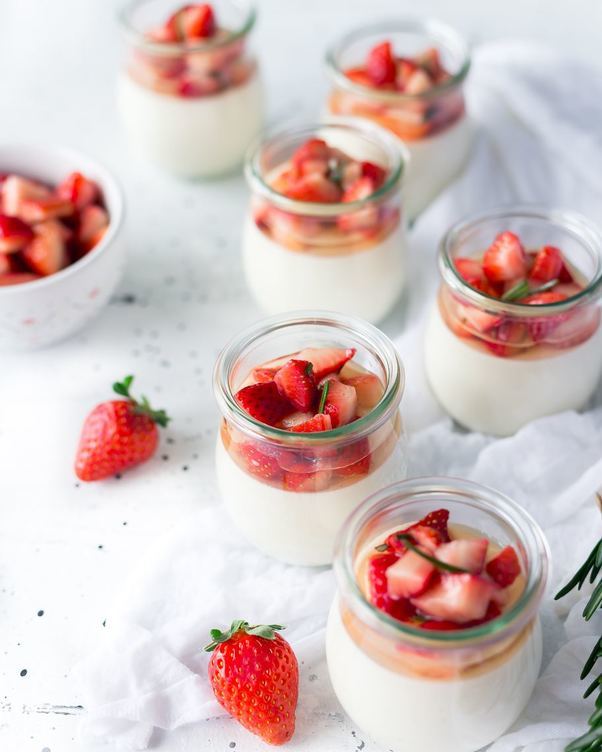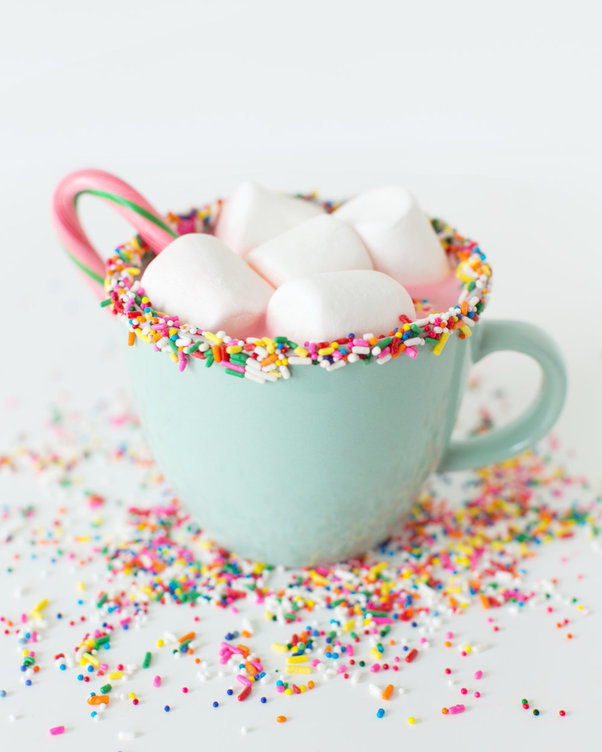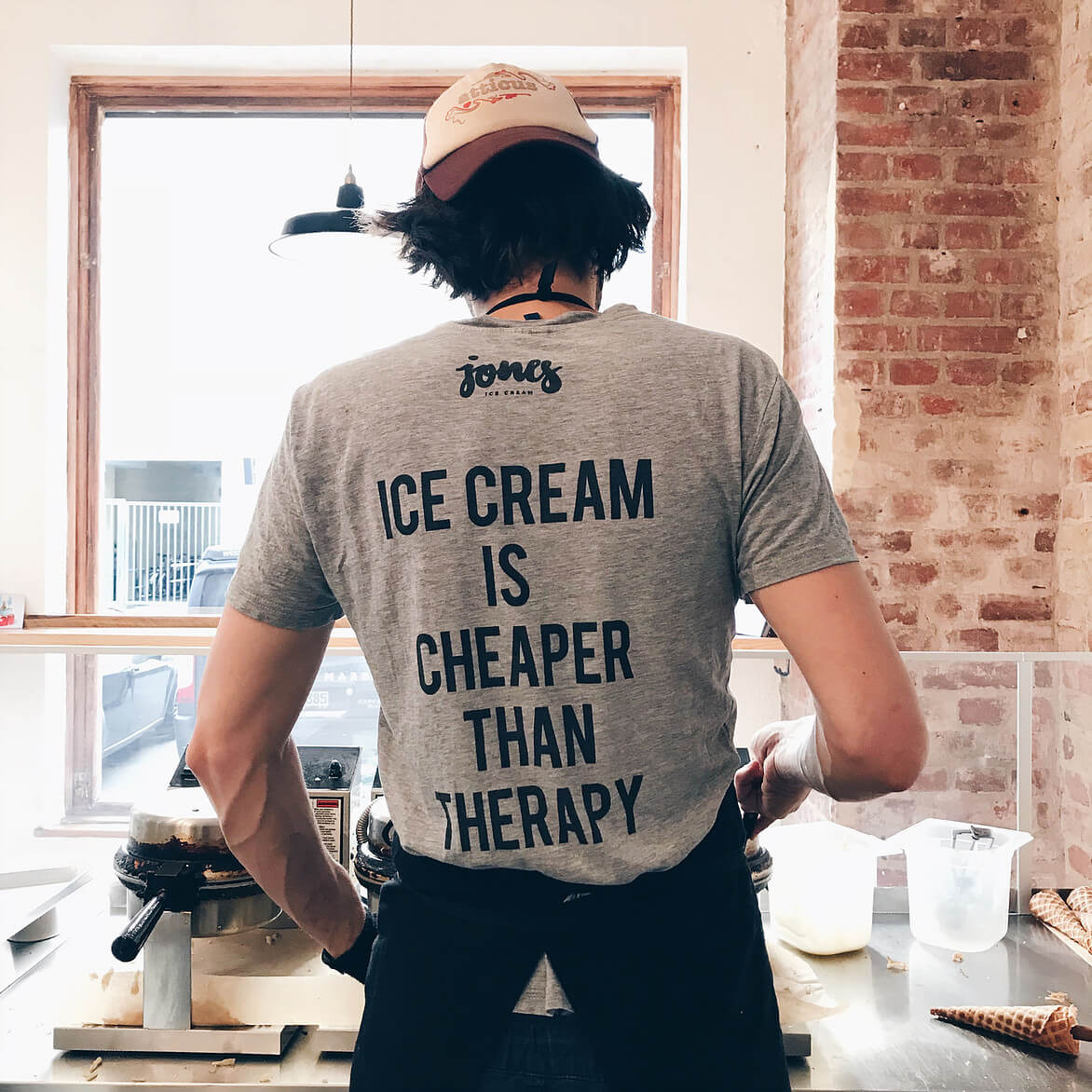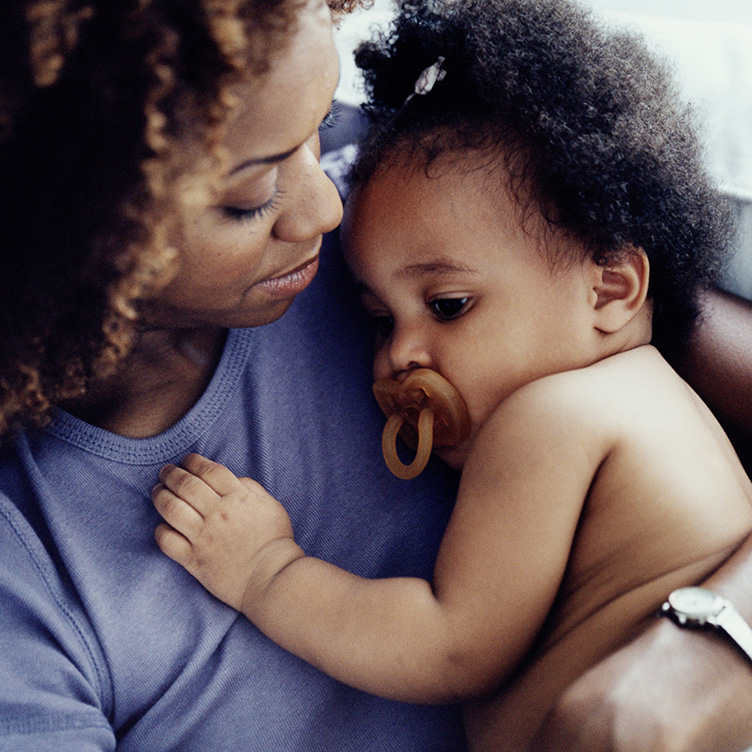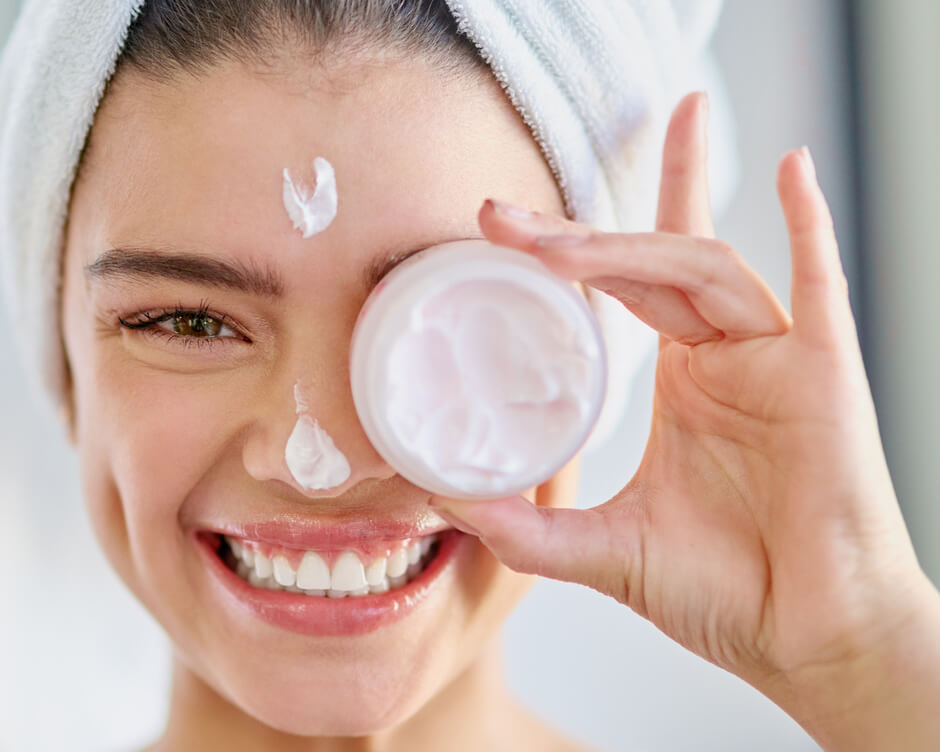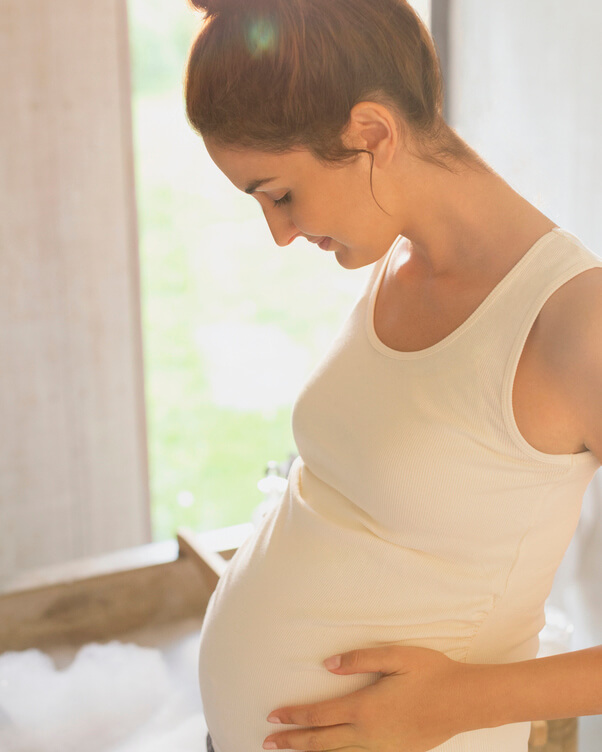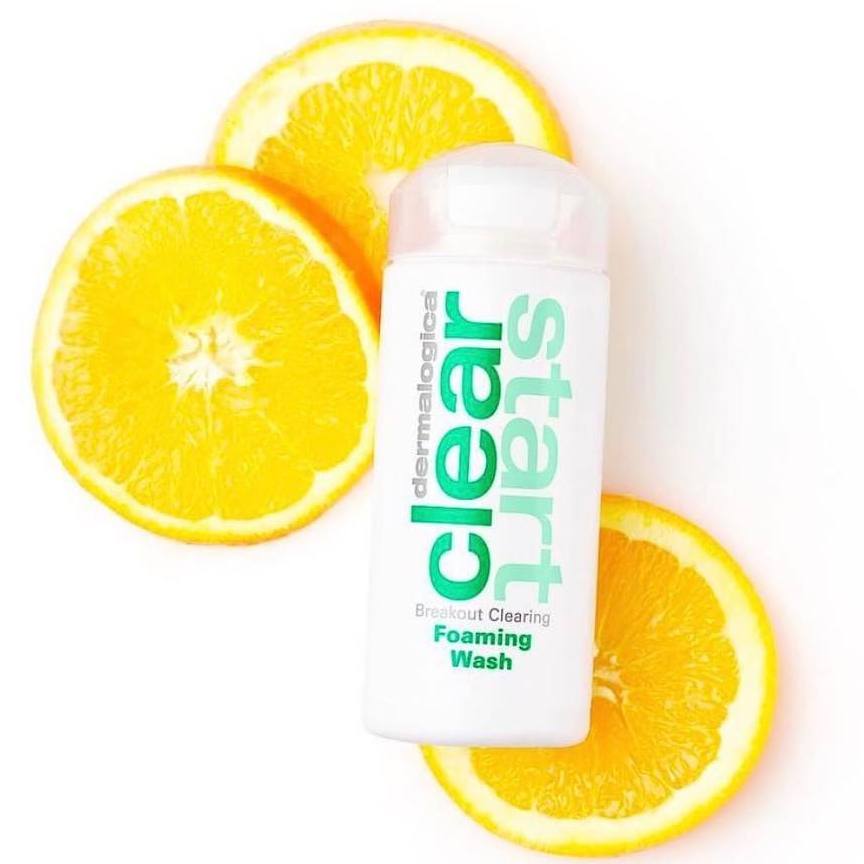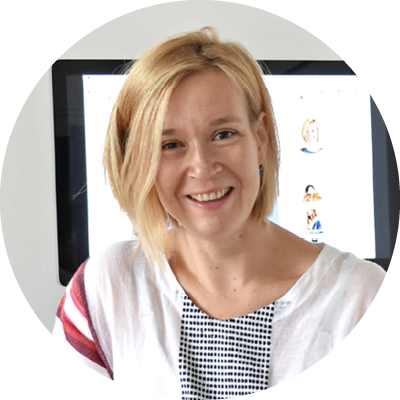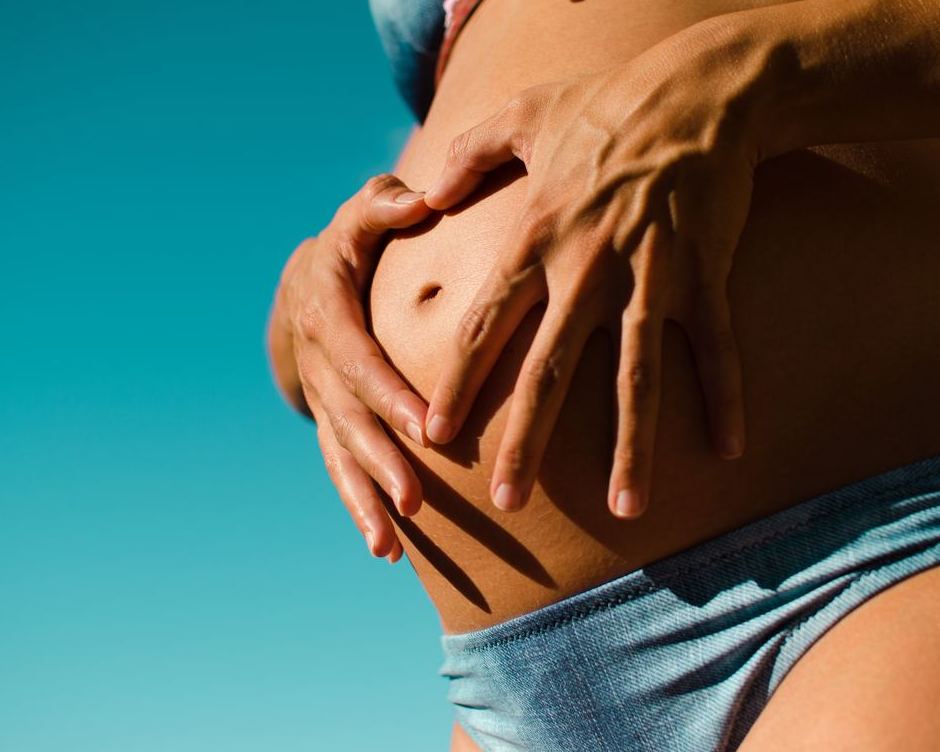
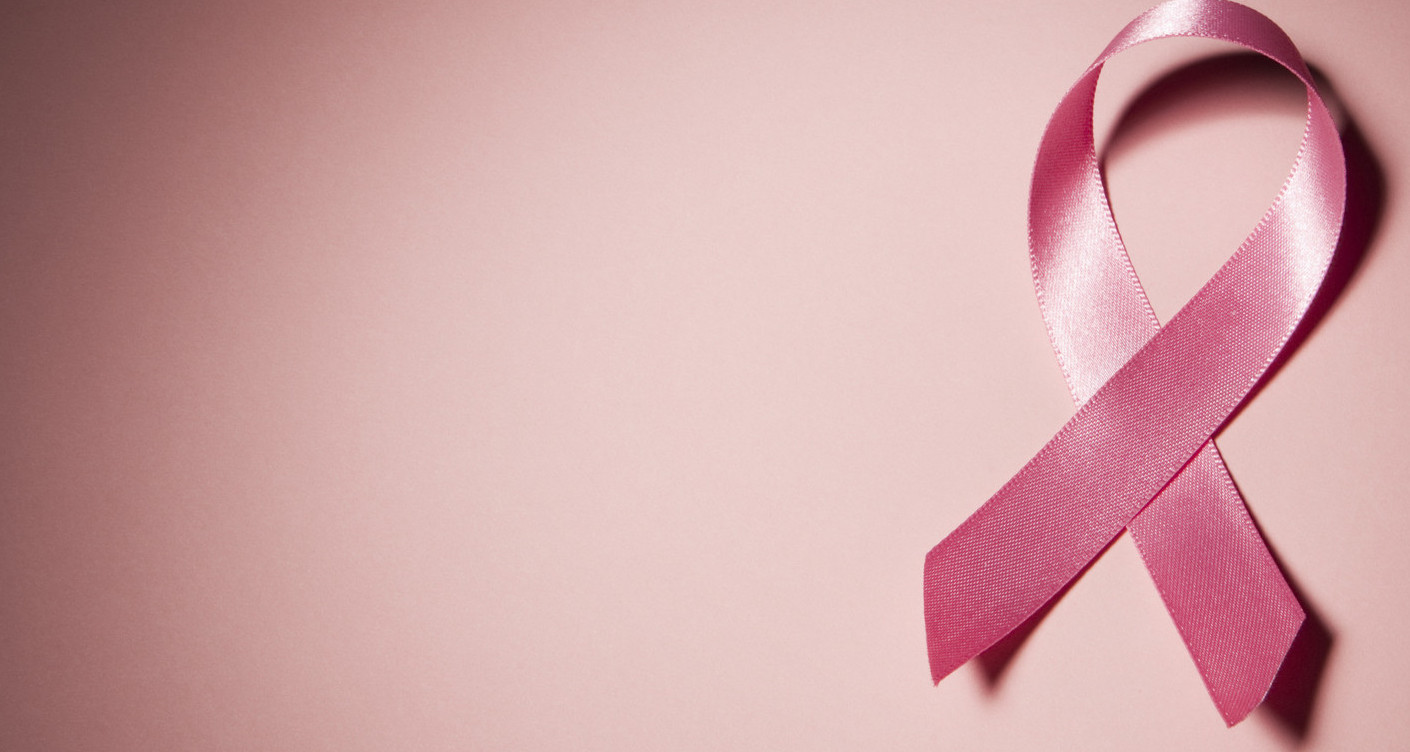
10 important facts you should know about breast health
Body, HEALTH, MUM, Motherhood
October is Breast Cancer Awareness Month and we wear our pink ribbons. It is also the perfect moment to reflect on our breast health. Because there are things you can do today to impact your breast health tomorrow.
Understanding breast development, breast facts, and methods of early detection are the keys. And yes, breast health is every woman’s responsibility.
Unfortunately, one out of eight women will be diagnosed with breast cancer in their lifetime! But being aware of your health can be instrumental in detecting it early.
That is why we want to raise the topic of breast health here today. It is so important that women work together and learn and support each other with their health!
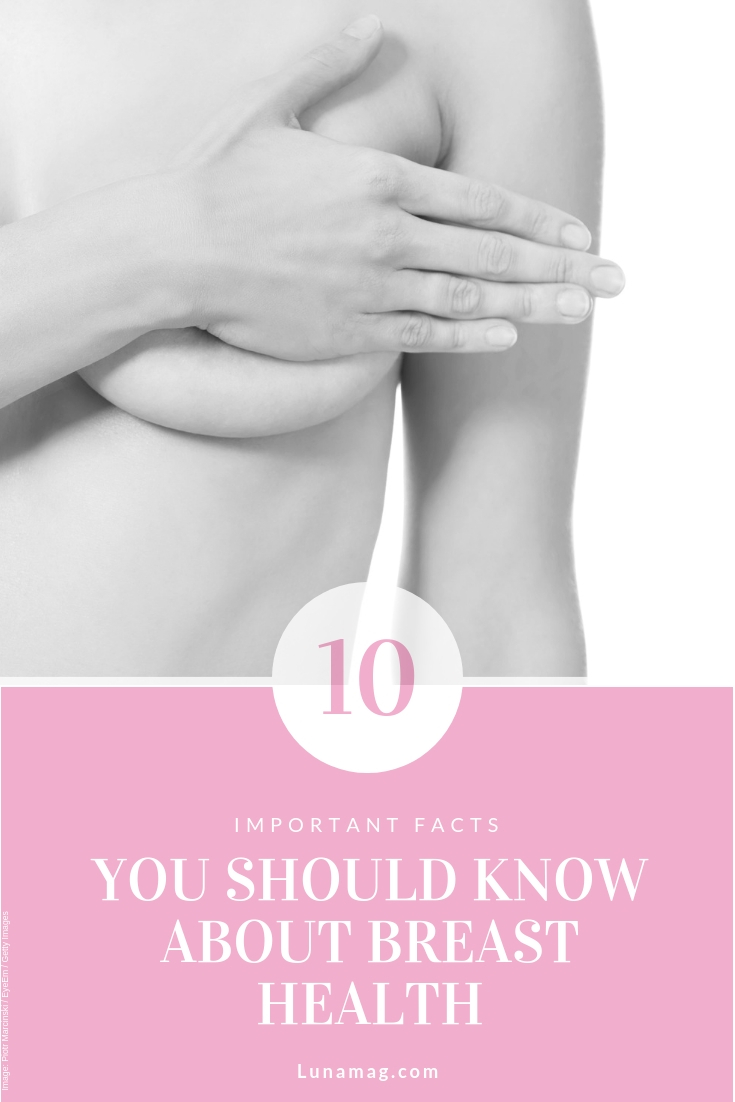
And no matter your age, to keep your breasts healthy you need to know what is normal and what is not. Because it will put you on the lookout for changes that could be signs of trouble:
Breast self-awareness
Breast tissue is subject to the hormone changes associated with the menstrual cycle, pregnancy, age, and lactation. Know your body and get familiar with how your breasts usually look and feel. That way, it will be easier to detect changes and report them to your doctor.
Breasts come in all shapes and sizes and will change from adolescence to menopause.
You should check your breasts at least once a month
You should do a self-exam whenever your breasts are not swollen or tender, as they are for many women before or during their period.
How to perform a breast self-exam:
Use the pads of your fingers, and move around your entire breast in a circular pattern. Moving from the outside to the center, and checking the entire breast and armpit area.
Please check both breasts each month feeling for any lump, thickening, or hardened knot. And if you notice any changes get them checked out by your healthcare provider. If you find a lump, schedule an appointment, but do not panic, because most lumps are not cancer.
Changes in your breast to look for:
– A lump or thickening in or near the breast or underarm area.
– Change in the size or shape of the breast.
– Dimpling or puckering in the skin of the breast.
– A nipple turned inward into the breast.
– Discharge from the nipple.
– Red, or swollen skin on the breast, nipple, or areola.
How to reduce your risk of breast cancer:
These prevention strategies may reduce your risk of breast cancer and actually cancer as a whole!
Maintain a healthy weight
Weight gain and obesity may increase your risk of breast cancer because fat cells produce estrogen, and high levels of that hormone have been linked to certain cancers. To protect yourself, stay within the healthy range for your height.
Regular exercise
In connection to the above – adopt an active lifestyle. Working out can shrink the size of fat cells, and your body pumps out less estrogen. Any kind of cardio will do, cycle to do your errands and school runs or hit the nature trail with your family during the weekends.
Eat healthy
To enhance the first two points, bring a healthy diet to your home! Because eating a lot of fruit and veggies are associated with a lowered risk for developing estrogen-receptor-negative breast tumors. Consume lots of green vegetables like broccoli, cabbage, dark leafy greens, as well as carrots, tomatoes, citrus fruits, berries and cherries.
Quit smoking
The risk of many cancers, including breast cancer, is seriously increased if you smoke.
The rate of breast cancer of women who smoked was approximately 30% higher than for those who had never smoked.
Avoid drinking alcohol
Alcohol, next to smoking, is one of the most well established dietary risk factor for breast cancer. Women who consume more than two glasses of alcohol a day are at higher risk.
How to make the mammogram plan work for you:
Every woman and her breasts are different. There is a general mammogram plan for the UK with rules by age for protecting yours. But some special circumstances may require a talk with your GP.
Have a look at this really good article about mammogram plans and when to think about a more personalised option.
The right bra size matters
Check your bra size, because more than 70% of women regularly wear the wrong bra size. And this can lead to poor posture, skin irritation, and breathing difficulties. And especially it can do an irreversible damage to breast ligaments, leading to breast pain and sagging. Breast size can change due to weight changes, pregnancy or menopause and you should make sure you get measured regularly.
Apply sunscreen
This may look like an odd point in this list, but despite the warnings about skin cancer, many of us are failing to apply sunscreen to our chest area. Think about sunburn and skin cancer, but it also helps to keep your décolletage smooth and taut.
Breastfeeding
Mothers who breastfeed their babies for six months or longer may have a slightly lower risk of developing breast cancer.
Stay healthy mums!
And never forget to look after yourself with these great self-care ideas for mums.


